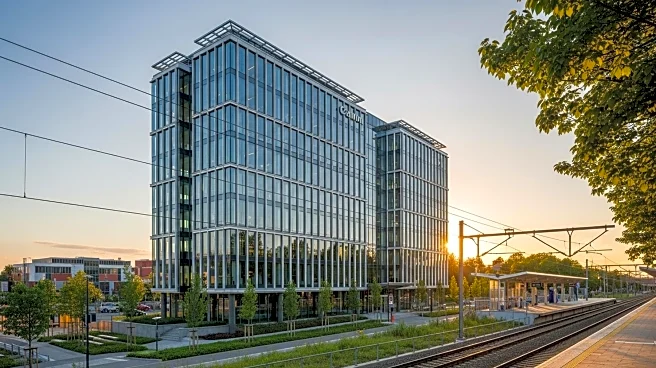What's Happening?
The Federal Reserve of Boston has announced that its employees will be required to return to the office full-time. This decision marks a significant shift from previous remote work policies that were implemented during the COVID-19 pandemic. The move is part of a broader trend among financial institutions to bring employees back to physical workspaces as the pandemic's impact wanes. The Federal Reserve of Boston's decision aligns with efforts to enhance collaboration and productivity by having employees work in a centralized location. This change is expected to affect all employees of the institution, who will now have to adjust to commuting and working in-office on a daily basis.
Why It's Important?
The decision by the Federal Reserve of Boston to bring employees back to the office full-time is significant for several reasons. It reflects a growing trend among major financial institutions to return to pre-pandemic work arrangements, which could influence other sectors to follow suit. This move may impact the local economy, particularly businesses that rely on office workers, such as restaurants and retail stores. Additionally, the return to office work could affect employee morale and productivity, as individuals adjust to the change from remote work. The decision also highlights ongoing discussions about the future of work and the balance between remote and in-office work environments.
What's Next?
As the Federal Reserve of Boston implements its full-time office return policy, employees will need to adapt to the new work environment. The institution may monitor the impact of this change on productivity and employee satisfaction, potentially leading to further adjustments in work policies. Other financial institutions and businesses may observe the outcomes of this decision and consider similar moves. Additionally, there may be discussions around the long-term implications of returning to office work, including potential changes in real estate demand and urban planning as more workers commute to city centers.










